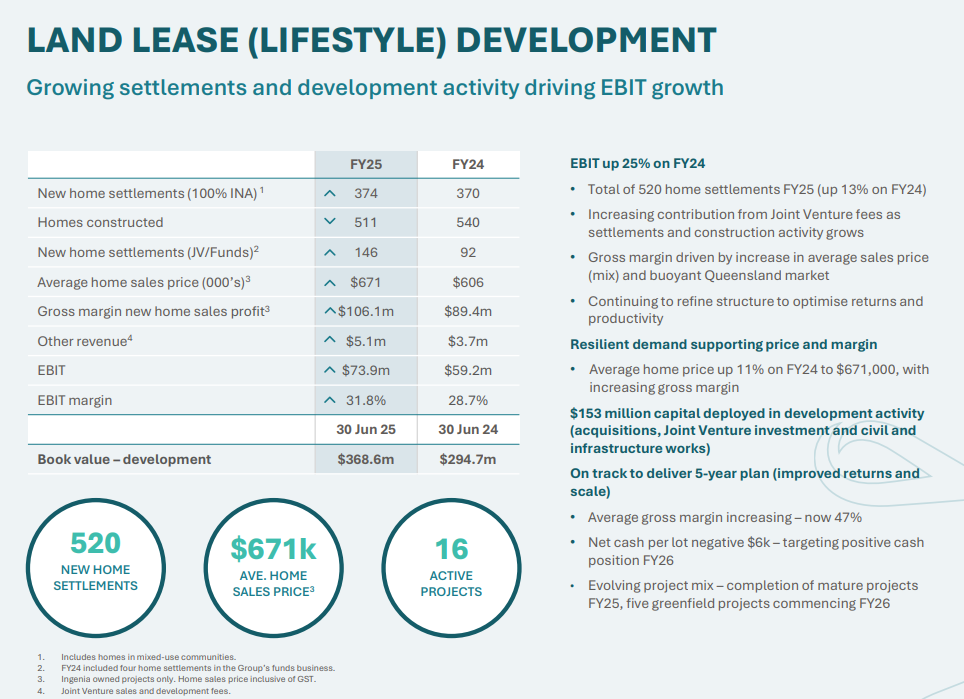Retirement Villages Association support NZ Govt’s proposed changes to sector
The peak body, which represents more than 95% of the registered retirement village industry by unit numbers in New Zealand, preempted changes proposed by the government announced last week. “We are pleased the discussion paper has picked up most...

The peak body, which represents more than 95% of the registered retirement village industry by unit numbers in New Zealand, pre-empted changes proposed by the government announced last week.

“We are pleased the discussion paper has picked up most of the substantial reforms the sector is already voluntarily rolling out in retirement villages across the country,” said John Collyns, Executive Director of the Retirement Villages Association (RVA).
NZ Government’s Associate Housing Minister Barbara Edmonds said the proposed changes balance fairness for consumers with ensuring the sector is supported.
"Retirement villages play a significant role in meeting the needs of older New Zealanders and are an important part of our housing system,” she said.
The sector has grown substantially over the 20 years since the current legislation came into force. Over 450 retirement villages currently house 48,000 people, with numbers expected to reach over 81,000 by 2033.
Release of the Review of the Retirement Villages Act 2003: options for change paper is the next step in the Government's review of the Act and builds on work undertaken by the Retirement Commission.
It includes proposals around a number of issues which have concerned residents, including:
- stopping fees after a unit is vacated or shortly after
- introducing a partially standardised occupation right agreement
- replacing the current dispute resolution scheme
- requiring operators to meet the direct costs of maintaining and repairing operator-owned chattels and fixtures
- requiring disclosure documents to include more information on transferring within a village to aged residential care
- introducing a mandatory timeframe for repaying a resident's capital when they move out, and/or requiring an operator to pay interest if the repayment is not made after a certain time.
John said the discussion paper preserves the integrity of the successful retirement village model, which is the reason why more than 100 people choose to move into a retirement village every week.
‘’Independent research shows nearly 90% of over 50,000 residents are satisfied or very satisfied with village living. It’s important we respect their choice,” he said.
The SOURCE: Retirement Living Council President Tony Randello must wish the RLC had such power





